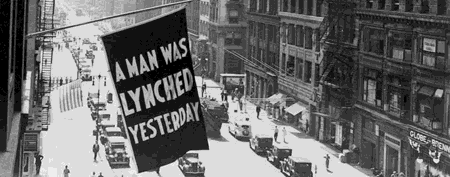Over the weekend, Aatish Taseer of the New York Times wrote an elegant description about an ugly act of human depravity in Anatomy of a Lynching.
“A lynching, unlike a terrorist attack, does not depend on maximizing the loss of life. What matters — whether in the American South a century ago or in India today — are not numbers, but the public, almost orgiastic character of the violence. A lynching is a majority’s way of telling a minority population that the law cannot protect it. That is why in the American South so many African-American men were dragged from jails or hanged outside courthouses — unmistakable symbolism of the law’s paralysis.
The active ingredient in a lynching is silence. Like all forms of theater, a lynching depends on what is left unsaid; it creates a mood, an atmosphere. The silence that settles in after the euphoric act of violence, which all have witnessed, tells a minority group that it has been forsaken. It is this element of a suggestive and creeping threat, in which the state apparatus and a silent majority are complicit, that has the power to demoralize a community as much as the physical acts of violence.
The witch hunts of the past, the lynchings of today, and the near certainty of continuing racist attacks on minorities in the future shows us that there is no limit to the amount hatred and pain that people can inflict on each other. There is also no limit to the amount of love and affection that people can give each other, but unfortunately, the latter is often harder to find than the former…

